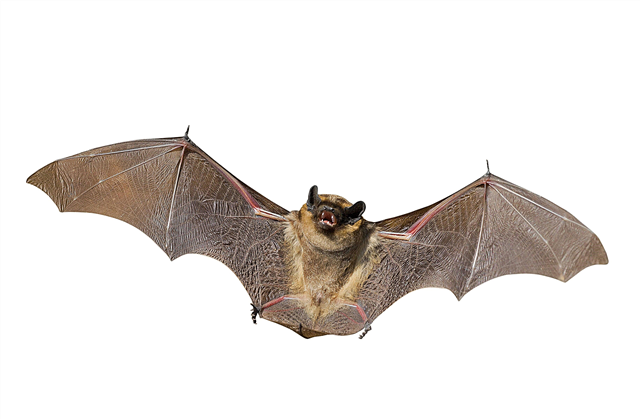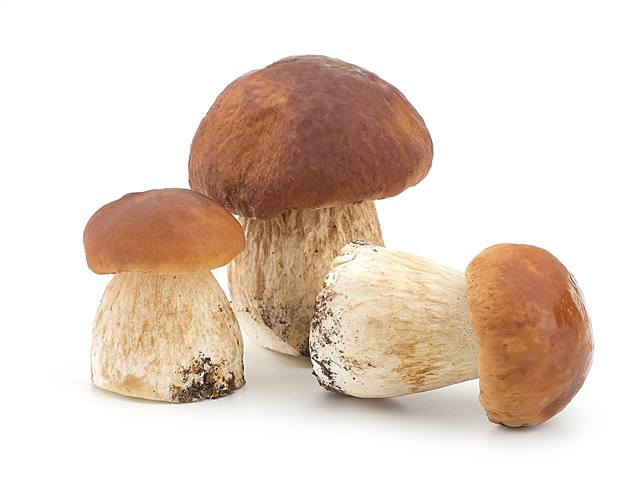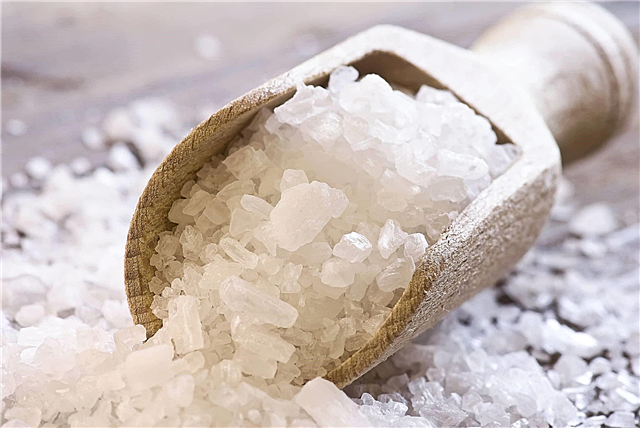
The northern climate with cold winters is becoming a serious test for the viability of any living creatures. Bears lie in the den, sleep until spring, foxes hide in the cold along holes, frogs have natural antifreezes in their blood and successfully survive even complete freezing. But what about trees? Forest giants cannot hide from the cold, snow and winds, they cannot create a refuge for themselves.
Why do trees successfully winter one season after another, and feel great even after severe cooling? What allows them to remain viable in cold weather? Scientists note the presence of several mechanisms at once that allow perennial plants to survive the cold.
How are northern plants different from southern ones?
Not all trees are resistant to frost. So, if you take the southern palm, it will quickly die when the temperature drops, and the same will happen with other representatives of the flora, which underwent the evolutionary process in equatorial and tropical conditions. But the northern plants are protected from the cold.
Interesting fact: If you place any northern tree in cold conditions all of a sudden, immediately after heat, it risks perishing. Plants have no protection against sudden cold spells, they can only prepare for a long cold season to survive it successfully. If there was no time for preparation, protective mechanisms are manifested very weakly.
What helps trees survive the winter?
In spring and summer, trees actively use the favorable season - they bloom and bear fruit or seeds, photosynthesize, replenishing their own reserves of nutrients, and grow. With the approach of the cold period, which signals itself by shortening daylight hours, large flora is preparing to hibernate. Plants also have hormones, some of them stimulate growth and development, while others stop. With the advent of autumn, growth-promoting substances cease to be produced; instead, inhibitors come that can prepare the plant for a long winter.
Trees that take off leaves for the winter period acquire a special cork layer that prepares them for fall foliage. In this case, nutrients are diverted to the trunk and branches, and excess moisture is discharged with leaves. If there is too much water in the tree trunk, it runs the risk of cracking from frost and dying. By winter, the wood becomes significantly drier, which provides minimal risks even in severe frosts.
Interesting fact: winter wood is considered more valuable for construction precisely because of the greater dryness of the original material.
In addition, by autumn, young shoots are covered with bark, which serves as additional protection against frost. And the trunk and branches accumulate sugar, which provides protection against the formation of sharp ice crystals, helps to ensure that the remaining moisture does not freeze. With the loss of the first snow, the root system also receives additional protection, which successfully hibernates under turf and snowdrifts.
Evergreen needles also have their protection against frost - resinous juices and protective membranes allow it to winter successfully.
The tree falls into suspended animation, all processes in it stop or significantly slow down, and in this state it remains until spring. In winter, there is no growth, the plant does not actually photosynthesize. All processes begin anew in the spring, when the period of abundant sap flow begins - representatives of the northern flora again gather moisture, necessary for growth and vital activity. With warming, buds open, new foliage unfolds, shoots begin to grow, and the root system develops. This continues until the new winter.
Do trees die from frost?
As already mentioned, heat-loving trees do not know how to winter, the processes of preparing for winter do not begin, and therefore they do not receive the protection that is necessary in the difficult season. Young plants that have not yet developed the necessary mechanisms can die - this also happens. Seedlings can also freeze after transplanting, because human intervention and transfer to new soil damages the root system, disrupting all processes and weakening the tree.
Early frosts, at a time when the plants are not yet ready for wintering, can end adversely. Late frosts are also dangerous - if the trees have already come out of winter suspended animation, they are defenseless. The juice that has appeared again in the trunks can freeze and tear the trunk from the inside; blooming buds and flowers may also suffer.
Severe frosts with extreme temperatures can lead to the death of a large number of trees in the middle of winter. But fortunately, this rarely happens, in isolated cases. Most northern plants winter successfully.
Thus, trees do not die in the winter, because they have a developed system of protection against frost. However, in some cases, frost can still be fatal for large representatives of the flora.












